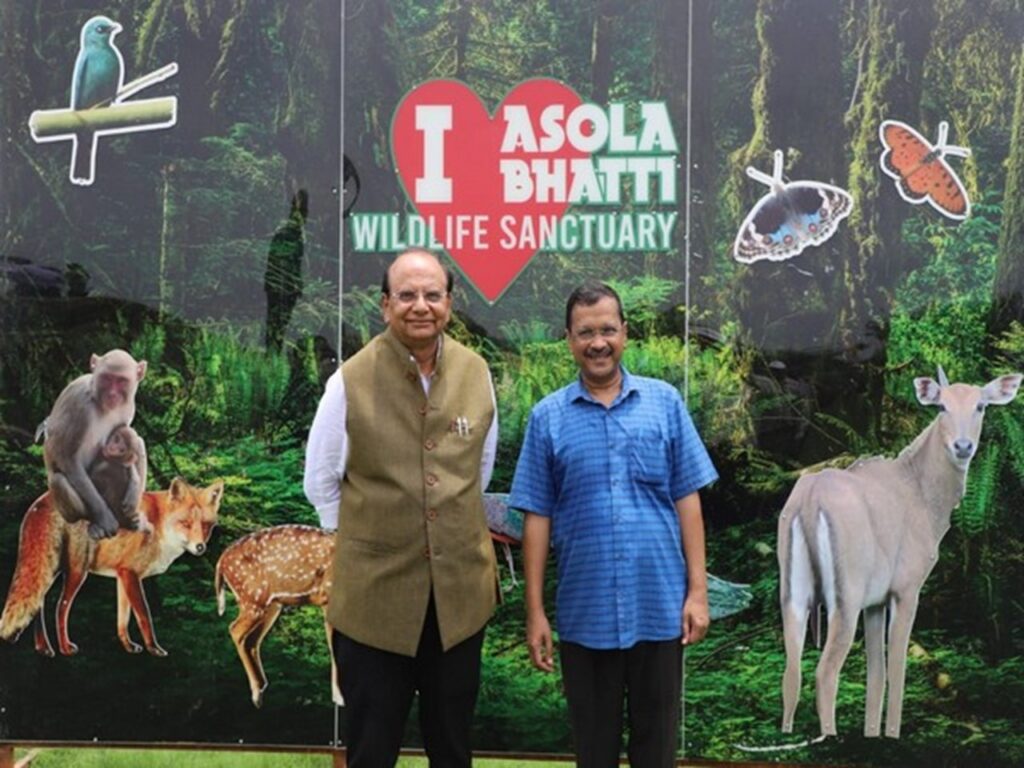Hangul breeding centre in J&K’s Pulwama made functional after over a decade
Pulwama (J-K), Jul 22 (PTI) The Department of Wildlife Protection here has restarted its ambitious project of ex-situ breeding and conservation of Hangul or Kashmiri Stag, a critically endangered species, by reopening Jammu and Kashmir’s lone breeding centre after over a decade, officials said on Saturday.

The Hangul Conservation Breeding Centre at Shikargah in Tral area here was established in 2011.
A Hangul was kept at the facility but it was killed in a leopard attack, rendering the project unsuccessful.
However, after over a decade, the Department of Wildlife Protection has made the centre functional once again.
Necessary steps have been taken to protect the animals at the centre from being preyed upon, the official said.
“Hangul is a critically endangered species which is only found in Kashmir and nowhere else in the world. The numbers of Hangul have declined in the last 70-80 years, and the department has taken many steps for its conservation,” Wildlife Warden, Shopian Division, Intisar Suhail told PTI.
He said the conservation efforts are broadly classified into two categories in-situ and ex-situ.
“In in-situ conservation, attempts are made to protect and conserve the animal’s wild habitat like Dachigam (wildlife sanctuary in Srinagar) and its adjoining areas, and steps are taken to stop its illegal poaching,” Suhail said.
In the ex-situ programme undertaken by the government, the species is bred in a restricted area, he said.
“It is in this connection that we have created this facility in Shikargah. Though the facility has been there for some years, we recently achieved success in capturing two female Hanguls, which has raised our expectations of the breeding programme being successful,” he said.
Efforts are being made to capture two male Hanguls, he said.
Suhail said, “This programme is a long-term process and once it is successful, it will augment the numbers of this species. The Hangul offspring will be released into the wild and it will help in stabilising their population in the future.”
The facility was created with the support of the Central Zoo Authority of India.
Compensatory Afforestation Fund Management and Planning Authority (CAMPA) funds have also been utilised for this important milestone in the conservation efforts, the wildlife warden said.



